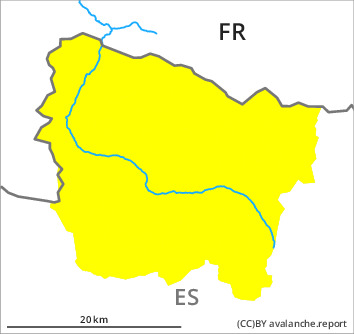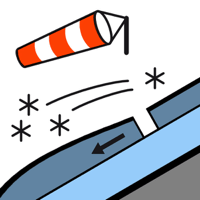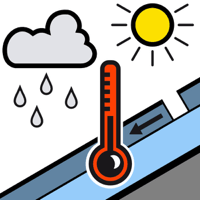
Danger level

2200m
Avalanche Problem

Wind slab

2200m


Wet snow



Wind slabs and wet snow represent the main danger.
The wind slabs can be released by a single winter sport participant especially on very steep east, south and west facing slopes above approximately 2200 m. In many cases the avalanches in these loacations are medium-sized. The avalanche prone locations are to be found especially adjacent to ridgelines and in gullies and bowls.
Weak layers deep in the old snowpack can still be released in very isolated cases on little-used, rather lightly snow-covered shady slopes.
As a consequence of warming during the day and solar radiation small and, in isolated cases, medium-sized moist loose snow avalanches are possible in all altitude zones. The avalanche prone locations are to be found in particular on very steep sunny slopes. On very steep grassy slopes and on sunny slopes gliding avalanches are possible from the early morning, even medium-sized ones.
Backcountry touring and other off-piste activities call for experience in the assessment of avalanche danger.
Weak layers deep in the old snowpack can still be released in very isolated cases on little-used, rather lightly snow-covered shady slopes.
As a consequence of warming during the day and solar radiation small and, in isolated cases, medium-sized moist loose snow avalanches are possible in all altitude zones. The avalanche prone locations are to be found in particular on very steep sunny slopes. On very steep grassy slopes and on sunny slopes gliding avalanches are possible from the early morning, even medium-sized ones.
Backcountry touring and other off-piste activities call for experience in the assessment of avalanche danger.
Snowpack
>
15 to 20 cm of snow, and even more in some localities, fell on Friday in all altitude zones.
As a consequence of new snow and a moderate to strong wind from northeasterly directions, sometimes easily released wind slabs formed especially in the vicinity of peaks.
Faceted weak layers exist deep in the snowpack on wind-protected shady slopes. Whumpfing sounds and stability tests indicate the unfavourable bonding of the snowpack on steep shady slopes.
Above the tree line there are 50 to 100 cm of snow, and even more in some localities. At intermediate and high altitudes snow depths vary greatly, depending on the infuence of the wind.
As a consequence of new snow and a moderate to strong wind from northeasterly directions, sometimes easily released wind slabs formed especially in the vicinity of peaks.
Faceted weak layers exist deep in the snowpack on wind-protected shady slopes. Whumpfing sounds and stability tests indicate the unfavourable bonding of the snowpack on steep shady slopes.
Above the tree line there are 50 to 100 cm of snow, and even more in some localities. At intermediate and high altitudes snow depths vary greatly, depending on the infuence of the wind.
Tendency
Slight decrease in avalanche danger as a consequence of warming during the day and solar radiation.